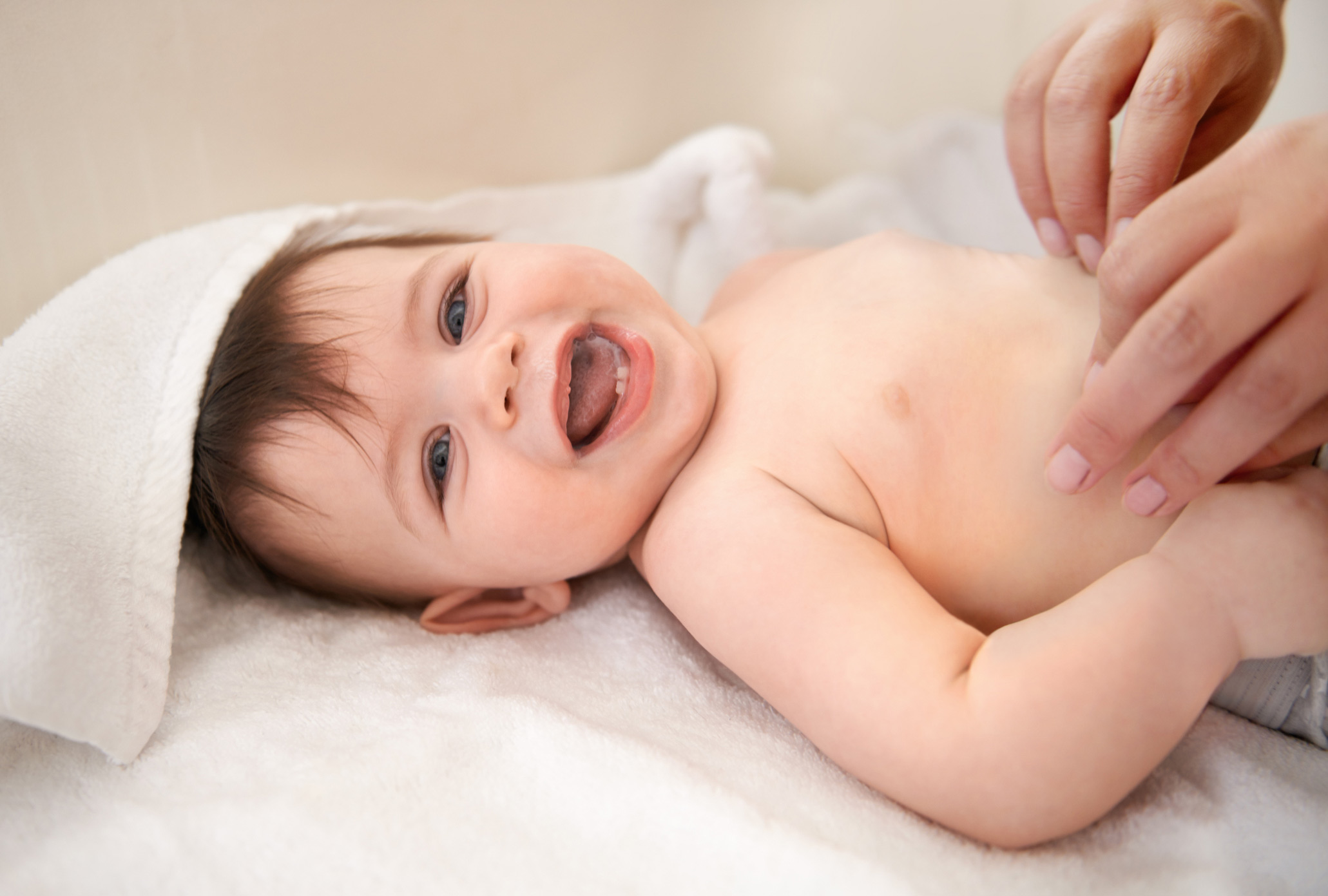Cloth diapers are easier to use than ever before. Here are the benefits of cloth diapers.
What costs about 16 cents, takes 200-500 years to decompose and gets changed five or more times each day? That’s right, a disposable diaper. As we gear up to celebrate Earth Day this April 22, the focus this year is on reducing our plastic consumption, which means it is a good opportunity to revisit disposable diapers and consider alternatives. The use of cloth diapers has fallen since Pampers first came onto the market in the early 1960s, but cloth diapers have evolved to be easier to use than before. Here’s what modern diapering parents need to know about the advantages of choosing cloth diapers.
Why choose cloth?
The most commonly cited reasons parents give for choosing to use cloth diapers are environmental and financial. The environmental pros and cons of diapers are hotly contested between the disposable and cloth diaper industries, with it generally being acknowledged that cloth diapers require more energy and water due to laundering and irrigation of cotton crops and disposable diapers generate more solid waste. While the environmental cost per diaper may be higher for cloth, one cloth diaper can replace many disposables. The cost savings of cloth diapers depends on the type of diaper and the number of diapers a family has in its stash. Families can stretch their dollars further by buying secondhand or using absorbent materials like flour sack towel or even old T-shirts as part of their diapering routine. Another benefit of cloth is that kids may potty train earlier because they are able to feel when they are wet with cloth.
What are the types of cloth diapers?
All cloth diapers are made up of two parts: the waterproof part that keeps the diaper from leaking everywhere and the absorbent part that holds the urine and poop. There are many different styles though. Here are some of the most popular:
Flats/prefolds: These are old-style diapers, usually cotton. A flat is a large piece of material that needs to be folded before it is either placed into a cover, pinned or fastened on baby using various clips. A prefold is much smaller, already sewn into multiple layers that can either be folded into thirds and placed in a cover, pinned or fastened on.
Pockets: These are waterproof covers with a pouch that you can slide the absorbent part of the diaper into, then either put on baby with snaps or Velcro.
All in one: These are just what the name says, a diaper that incorporates both parts into one piece and closes with either snaps or Velcro.
How do I use cloth diapers?
Cloth diapers usually need to be changed more frequently than disposable diapers to prevent the excess moisture from being held against baby’s skin. However it is not thought that cloth diapers cause more diaper rashes than disposable diapers. Some diaper lotions and creams are not recommended to be used with cloth diapers because they can affect the absorbency or cause staining. While disposable baby wipes can certainly be used with cloth diapers, some families will also use cloth wipes and wash both together. Most parents start out with around two dozen diapers on hand for full-time cloth diapering. Cloth diapers can be sized based on baby’s weight and size or can be considered one-sized, generally adjustable to fit between 8-35 pounds. Many daycares also accept cloth diapers, but might need a quick demonstration about how to use them. Dirty diapers are usually kept in a designated pail or a waterproof wet bag until laundry day. While out and about, a smaller wet bag can be used to hold soiled diapers.
How do I wash cloth diapers?
Cloth diapers are typically washed about every other day, especially in the newborn phase when baby is going through nine or more diapers per day. So expect about an additional three loads of laundry per week. Exclusively breastfed baby poop is completely water soluble, but babies on formula or eating solids will need to have the poop washed off prior to putting the cloth diaper in a washing machine. There are diaper sprayers that can be used or parents can use what is affectionately referred to as the “dunk and swish” method. For many people this is the biggest drawback of cloth diapering, but it is worth noting that according to disposable diaper manufacturers, solid waste (ie poop) is actually supposed to be flushed as well before throwing out the diaper.
Suggestions on exactly how to launder diapers are provided not only by the manufacturers and retailers, but there is also an entire website dedicated to best cloth diapering washing routines, with advice given based on the exact model of washing machine. No special washing machine is required, although the cost savings benefit of cloth diapering is usually negated if coin-operated machines or laundromats are used for washing. Commercial diaper services are another option for parents wanting the benefits of cloth but unwilling or not able to handle the laundry. Some families may find that cloth diapers with natural fibers, like cotton, bamboo or hemp, are easier to clean than synthetic fibers.
When it comes to babies, dirty diapers are inevitable, but hundreds of years worth of diapers in landfills doesn’t have to be. Earth Day is a time to reflect on the impact we have on our planet and small changes that we can make to keep it a beautiful place for our children and generations to follow. Cloth diapers may not be for everyone but it has never been easier to make the switch from disposables.
This post was written by Bethany Sanders, a certified nurse midwife and cares for women at the West End Women’s Health Center and Vanderbilt Primary Care Mt. Juliet. While originally from the Midwest, she is thrilled to have called the South home since graduating Vanderbilt in 2006. When not attending births or measuring pregnant bellies she can be found at the local park chasing around her two young children and discussing babywearing, cloth diapers and breastfeeding.

Vanderbilt Women’s Health provides care for women at all stages of their lives at locations across Middle Tennessee. Learn more here or call 615-343-5700.


